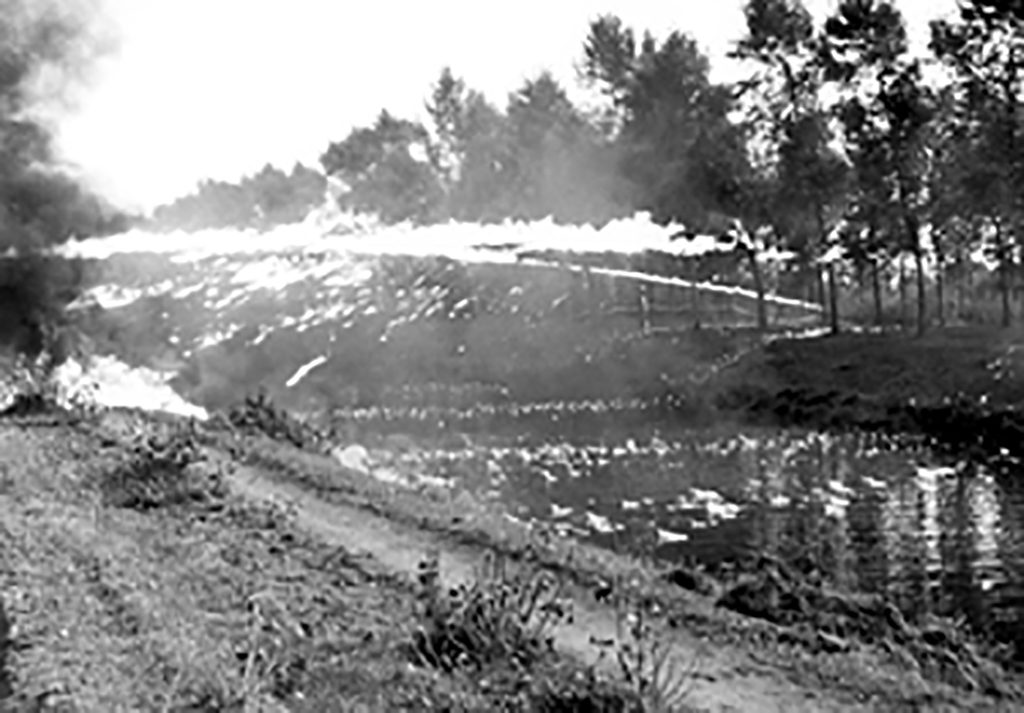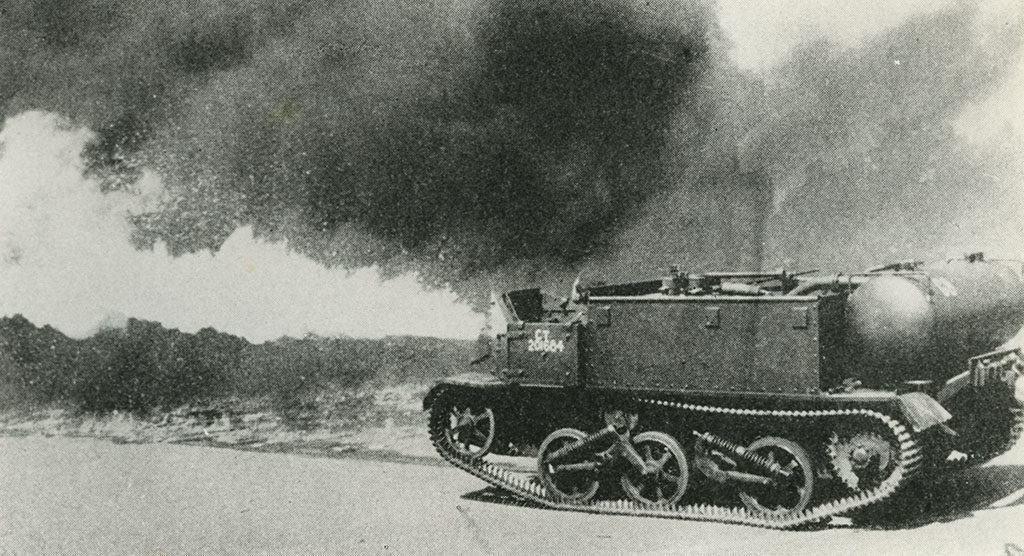- Monument/Memorial
- Middeldorpe 29, 9980 Maldegem, Belgique
The first stage of the attack on the Breskens pocket in 1944 was a crossing of the Leopold Canal, just east of where it met up with the canal de derivation de la Lys. The attack started on 6 October, under support of several dozens of Wasp flamethrower carriers.
The Wasp flamethrower carriers doused the German positions across the canal with flames and thus covered the approach of Canadian troops crossing the Leopold Canal . The canal was a difficult, wide obstacle with steep banks, but the Canadians managed to cross it and establish two bridgeheads. These were fiercely attacked by the German forces and for three days the situation was precarious. Close quarter fighting was interchanged with large scale mortar and artillery strikes, making life along the canal absolute hell. On the early morning of 9 October the Canadian forces managed to link the two bridgeheads together, but progress remained slow. They were however aided that day by an amphibious landing of the Canadian 9th Brigade at the hamlet of Hoofdplaat, further to the north of the Breskens pocket. This attack caught the Germans by surprise and forced them to split their defensive efforts between multiple locations.
The Canadian soldiers managed to place several bridges across the Leopold Canal that allowed them to bring up troops and supplies more easily and even allowed for the deployment of tanks. This was a big help to the soldiers out in the flat open fields and it significantly helped in pushing the German forces back.
The attack across the Leopold Canal had been a success, but it came at a heavy cost. After the first seven days of fighting the Canadians had advanced only 1,000 meters at the cost of 600 casualties of which 111 dead.
On this location you can see a Bailey bridge that was placed here by the Canadian army in 1944. It is one of the last remaining Bailey bridges that is presently still in use.


